
Is it possible and necessary to ban Moscow Patriarchate in Ukraine?
[For urgent updates please follow Ukrainian Freedom News on Telegram]
According to RISU, 600-700 parishes and churches have already moved from the Russian Orthodox Church, and in recent days the number and dynamics are increasing. The Synod and the Council of the Ukrainian Orthodox Church of the Moscow Patriarchate took place on May, 27. UOC-MP decided to change its statute, although it has not yet been published. In your opinion, how to evaluate all these events?
Anatolii Babynskyi: These transitions have been going on for a long time and have become more intense during the Russian aggression. They mostly accelerated when the former Ukrainian Autocephalous Orthodox Church and the Ukrainian Orthodox Church of the Kyiv Patriarchate and two bishops of the Moscow Patriarchate in Ukraine gathered for a unifying council and united all these structures except the Moscow Patriarchate. They formed this Orthodox Church of Ukraine, which in early 2019 received a tomos on autocephaly, and now this tomos is recognized by a number of other Churches. So we can say that in fact these transitions began in 2019. Since then, several hundred parishes have joined the Orthodox Church of Ukraine. The next wave took place after February 24.
Why are these churches moving from MP? The answer is very simple: people do not agree with what Patriarch Kirill says about the war. Some have disagreed since the beginning of the occupation of Crimea, and this has worsened.
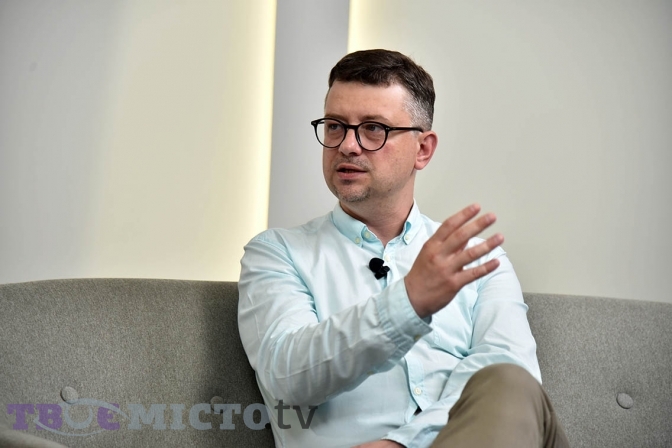
What is happening in the Church of the Moscow Patriarchate? There are several processes because this Church is very heterogeneous. It has dioceses that are pro-Ukrainian, but there are also very pro-Russian. Somehow the leadership of this Church managed to maintain the unity of the structure, appealing that they are the only recognized in the whole Orthodox world, and all others are schismatics. This narrative was shaken in 2019, when part of the Orthodox world recognized the Ukrainian Autocephalous Church.
The meeting, which took place on May 27, was originally conceived as an advisory body. They have announced that they will be going to just talk about what is happening in their Church. The first and most important motivation is that the representatives of the Moscow Patriarchate are trying to preserve their structure in the form in which it exists, so they were even ready to modify the status. This consultative meeting on the same day grew into three others: the Council of Bishops, the Synod and the Council of the Whole Church.
Read also: What happened to the Moscow church in Ukraine. Interview with the Matropolitan
During this Council, they voted for a number of changes to the statute, but we still have not seen the statute itself, only the press announced some points. They threw out everything related to the mention of the Moscow Patriarchate. The only thing – they say that they are guided by the charter of Patriarch Alexy II from 1990 on the independence and self-government of the Church. But in that charter there is a sentence that the Ukrainian Orthodox Church is connected with the world Orthodoxy through the Russian Orthodox Church. That is, there is still a hidden subordination. The leadership was looking for a way to satisfy absolutely all the «parties»: both those who wanted to see this Church autocephalous, and a group of priests who do not see their future outside the Moscow Patriarchate.
The most interesting question is where in the world Orthodoxy this Church now finds itself. Even if it moved away from the Moscow Patriarchate, it still did not reach its destination – full independence.
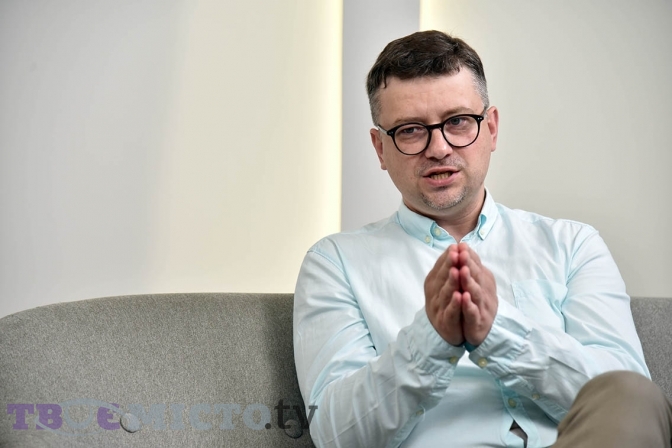
On the one hand, they declare that they are leaving the ROC, although some ties are maintained through this charter. On the other hand, they say that they cannot go to the OCU because it is schismatics, and more attention is paid to this than condemning Russia and Putin for violating universal Christian values. How is all this explained?
Anatolii Babynskyi: The OCU is recognized by the international community and by influential Orthodox Churches, and it is difficult to say that it is non-canonical. But no one considers the UOC separate from Moscow. The problem with this controversy is that for three decades they have been winding up their flock, that everything outside them is schismatic, and the dependence on such rhetoric still affects them by inertia. And if they said they were ready for dialogue, it would mean that the previous thirty years have been total lies.
The number of transitions, in my opinion, shows that people feel the difference between what is happening and what they heard in UOC-MP.
Anatolii Babynskyi: People absolutely feel it. For many, it even came as a surprise to which Church they belong. Now that the controversy in society has begun, many people, parishioners, have a question, what kind of parish do they have in their village. Transitions are more common in villages and towns, because in cities it is easier: people come to church they want to.
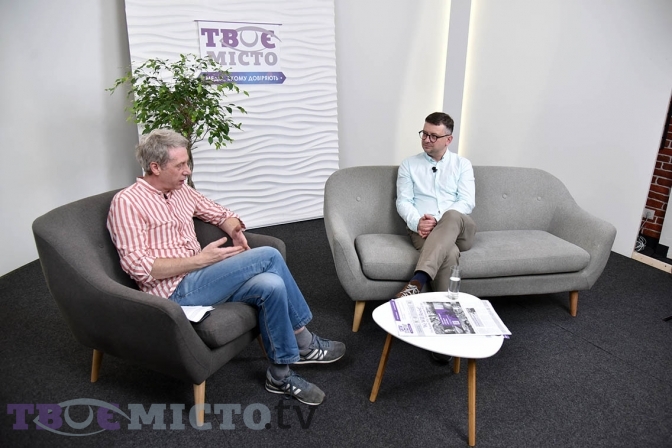
According to the statistics of the Rating for March 8 and 9, 63% of respondents support the severance of ties between the UOC and the ROC, 18% are indifferent. Maybe you have more recent data to tell about the mood?
Anatoliy Babynsky: Now it can be about the same. This Council has to some extent cooled the very hot emotions of those who wanted to sever these ties. Another thing is that the level of trust in this Church is constantly falling. It seems to me that the participants in the Synod and the Councils on May 27 looked closely at all these figures, and their decisions were largely dictated by this data as well as by letters from priests and the faithful. In retrospect, the level of support for the Moscow Patriarchate in Ukraine has been declining for a long time, but this does not mean that there are fewer people in the churches of this denomination.
Is it possible to quantify how many people are left and how many have left?
Anatolii Babynskyi: No, there are no such figures. Our ideas about the religiosity of Ukrainian society are a bit exaggerated. In Ukraine, practicing believers are about 10% of the population, and this figure varies depending on the region, city, town. That is, two parishes in the west of Ukraine can, for example, have as many as five or six parishes in the east. We do not have a personal membership of parishes. No one knows how many people belong to the parish. And the lack of such personal membership is a problem in the case of transitions. So it is not clear who has the right to vote for the transition of the parish, if the majority of parishioners can be just nominal. Also, take into account that they often contributed financially to the construction of the church.
Read also: The remnants of the Moscow patriarchate in Ukraine renounce Russia. Priests’ appeal
The UOC-MP is currently not completely separate from the Moscow Patriarchate. They have always said that they have 12,000 parishes, although according to the former bishop of this church Oleksandr Drabynko, there were about 10,000. It is difficult to check how many people are actually behind each of these registered religious organizations. Now that the number of parishes of the UOC-MP has rapidly decreased due to their departure to uncontrolled and occupied territories, the UOC-MP can no longer say that it has the largest number. Consequently, their determination that they should not enter into dialogue, but to them, has disappeared.
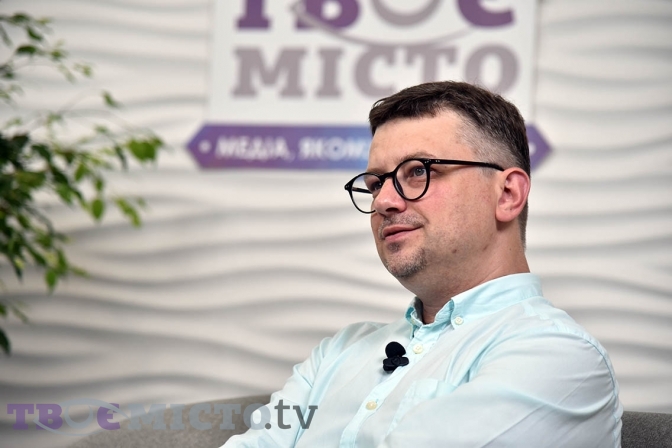
How do you assess the possibility of authorities’ bans for MP activity, and their expediency or inexpediency?
Anatolii Babynskyi: It is difficult to ban its activity because in Ukraine a religious organization can exist without registration. Moreover, they can re-register as some independent Orthodox communities.
The issue will not be resolved in this way. Many of these people are ready to exist illegally, they were prepared for this. They were told that they lived in a state that persecuted them. Since the presidency of Petro Poroshenko, they have been constantly developing this topic. And for them to suffer is the right thing to do.
I’m not sure that such bans can solve something. It is necessary that these facts, which are expressed in general phrases such as «this structure threatens the national security of Ukraine», expose the relevant services, conduct investigations and inform the public so that people can see what is really going on. The propaganda of the «Russian world» existed through this Church, although it was not as successful as Russia had hoped. This is not about a declaration of prohibition, but about really showing what some priests were doing there. It is also an analysis of the literature they distributed.
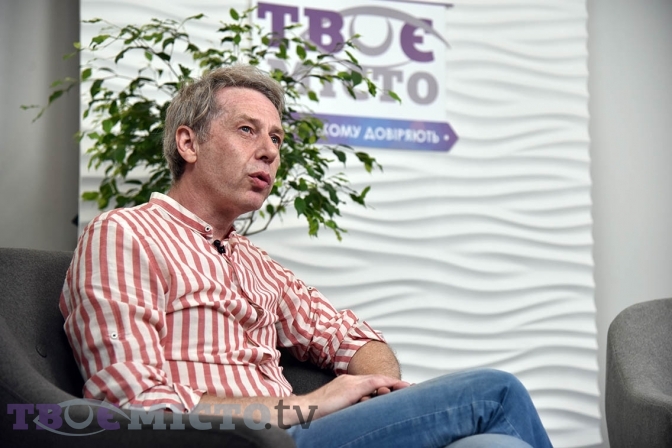
And what about property ownership? What, for example, in that glaring case with the robbery of the church in Drohobych?
Anatolii Babynskyi: Yes, it is difficult with this, because churches don’t track who gave money for public property. Therefore, the task of the churches themselves is to resolve such situations. Believers must also understand that they must be involved in this process. However, many people were satisfied with the way it was, because our faith is mainly of a consumer nature: to baptize, bury, sing. The priest is also satisfied with this – nothing is required of him except the performance of requirements and rites.
Currently, in the uncontrolled territories, the ROC is transferring the UOC-MP to its direct subordination. Is there a danger that it will try to do it in other Ukrainian territories?
Anatolii Babynskyi: Scenarios can be very different. There are several layers. When Crimea was annexed, Kirill did not even attend the «accession to the ROC» celebrations, showing that he was over the conflict. I think he thought he could subdue Ukraine with soft power, although, as we have seen, he blessed the war. Kirill saw the mission of ideological preparation of Ukraine to return to the stall of «Russian world».
Now the MP is not hiding and directly says that the parishes in the Crimea are re-registered for them and that they will be able to take everything they want. This is like a warning to Metropolitan Onuphrius: «We will split your Church as well.» In my opinion, for many bishops of the UOC-MP, the attack on Russia on February 24 came as a shock. And not because they love Ukraine very much, but because they have been promoting the «Russian world» here for years and have had some success – and the war ruined everything. This soft power is now crushed by the brute, and they are forced to maneuver, to justify themselves to society, to make hybrid decisions.
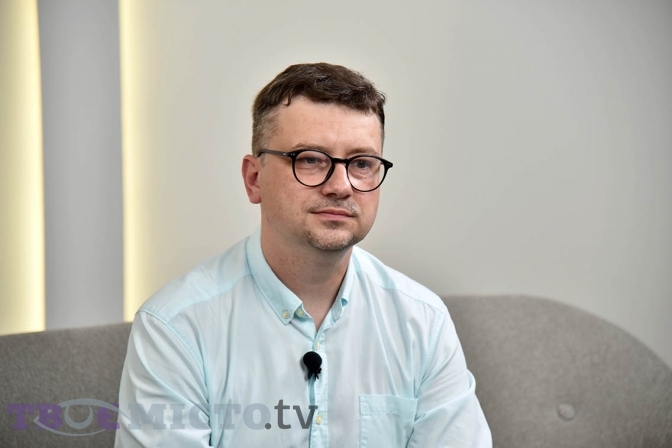
In an interview the Speaker of the Verkhovna Rada Ruslan Stefanchuk said that the ban on MP was discussed for a long time and deputies decided that they have no right now to make decisions that would split Ukrainian society. What do you think about it?
Anatolii Babynskyi: Some cases of collaboration should be investigated and brought to an end. On the other hand, there are indeed many people in this Church who are sincere patriots.
And what prevents a sincere patriot from moving to the OCU?
Anatolii Babynskyi: There are many psychological barriers. For three decades, their consciousness was formed in the direction that other churches were a split. Now it is very difficult for them to cross this barrier. When such a state of enmity has existed for decades, it cannot be eliminated simply and quickly. At first, there must be at least a minimum of friendship in order to restore a relationship of trust, which will then grow into concrete steps. We must also understand that when we look at this Church, we mostly see its «generals» and not all people.
The issue is still in the property, especially what is state and very symbolic. For example, the question of the Lavra. The OCU asks the state to hand over to it some part of the Kyiv-Pechersk Lavra complex. This is absolutely unacceptable for the MP, they do not allow it, although the land and the complex itself are state-owned. Otherwise, if it did not apply to religious organizations, the issue would be resolved completely differently. Do you have information that the OCU will enter the Lavra?
Anatolii Babynskyi: I think it is quite real. The OCU claims to have a temple in the upper part, because the MP monastery is in the lower Lavra. The upper part is mostly a museum, but there are temples that can be provided by the OCU, and even premises for the organization of the monastery.
I believe that the state can find a way to transfer these premises, and that would be fair. The OCU must be present there, because the monastery is as sacred to its faithful as it is to the UOC-MP. Another issue is the Sophia Kyivska and the OCU, but this shrine belongs to the entire people of Ukraine and is a place of interfaith meetings and prayers for the state. And if this cathedral is transferred to one of the denominations, it would upset this balance and create additional friction in society.
Serhii Smirnov spoke
Text by Kateryna Bortniak
Photo: Your city / Ivan Stanislavsky
Follow us on Facebook and Instagram. Lviv Now is an English-language website for Lviv, Ukraine’s «tech-friendly cultural hub.» It is produced by Tvoe Misto («Your City») media-hub, which also hosts regular problem-solving public forums to benefit the city and its people.


